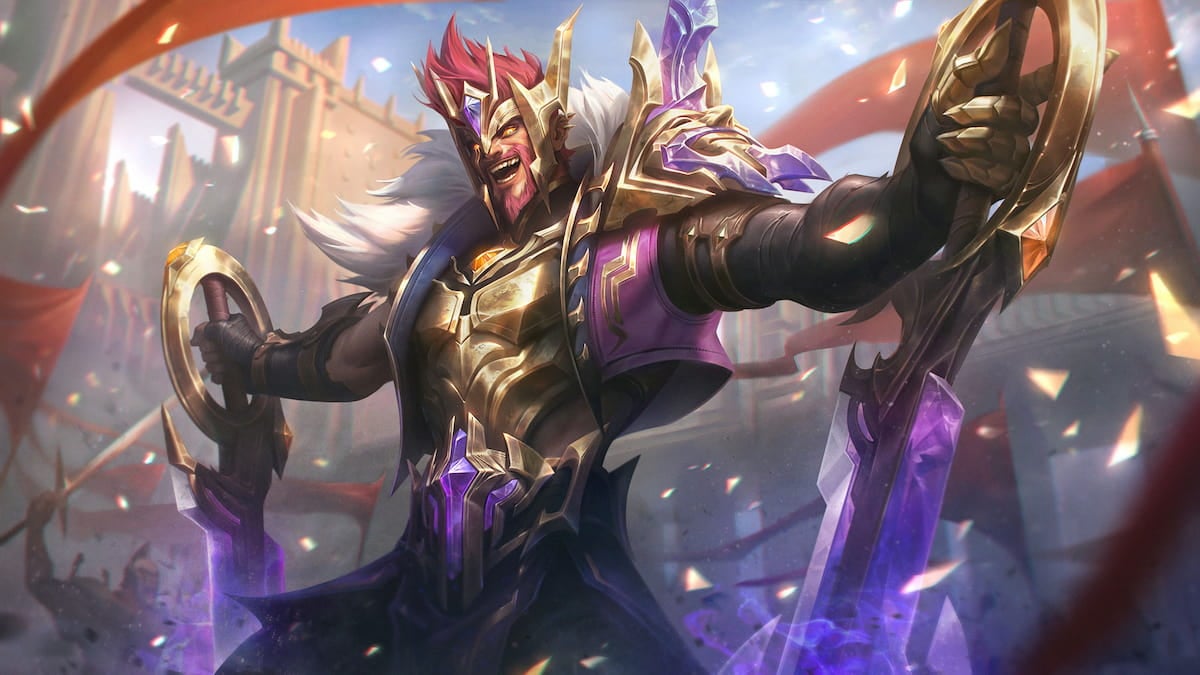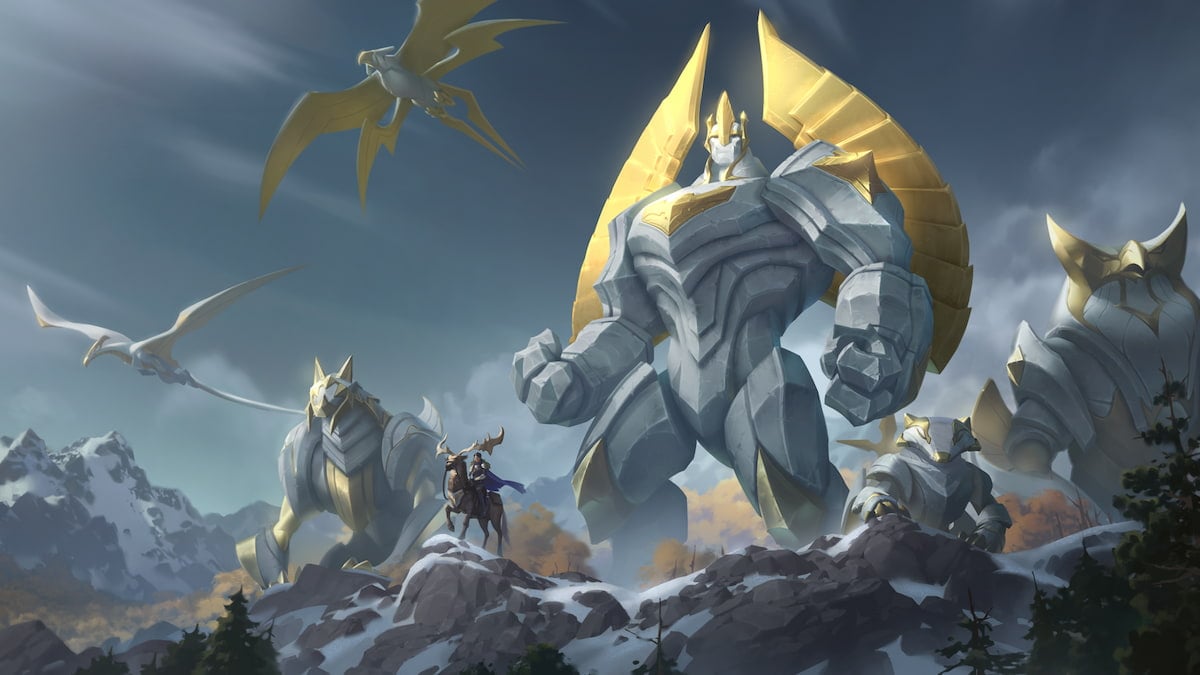
Yesterday, Riot released the Challenger Series Qualifier format for the 2016 season. The new format showed a move from the old ranked ladder to open qualifier tournaments, as well as National Leagues in Europe, to decide on eligible teams for the Challenger Series Qualifier, along with a change in the seeding of the Qualifier itself. This new format is a step in the right direction, but finds itself with quite a few critical issues and missteps.

The biggest benefit of the new system is the elimination of ladder grinding and using ladder position to determine seeding. The ladder has created many issues over time. Teams would snipe other highly seeded teams and dodge queuing up with them. Also with LP decay being almost nonexistent, it minimized the chances of the team dropping rank. Adding a tournament to decide Qualifier-eligible teams is for sure the right way to go.
While the idea behind the tournament system itself is good, the execution leaves much to be desired. First of all, the decision to make a single elimination bracket for the Series Qualifier is not the worst thing possible, but it can make it so that a good team who has a bad series is completely out of the tournament without a chance for redemption. Despite the time consumption of double elimination, it is the best system by far, especially for such a life changing tournament. Also, there is too much safety for the two lowest placing NACS teams of the last split. They only have to play one series against the open qualifier winners. There should be some system in place that doesn’t give them a huge safety net. They failed to placed high in the series and should be considered equal to the teams attempting to take their spots.

The change in the age requirement is another issue. The previous system had it so the players had to be 17 by the time the LCS split they are trying to qualify for starts. They would qualify for started, allowing 16 year olds or younger to be able to play at least until playoffs. For Spring CS, that was Summer Split, and Summer was the Spring Split of next season. The current system makes it so that you have to be 17 by the start of the split you are trying to play the Challenger Series for. This seems like a small change, but this blocks many players from getting any exposure to competition. Alongside that, with the small time until the open qualifiers, teams who structured their rosters around the old rules and have underage players like Serpentis and Zenith in NA and To Infinity and Beyond, and Enigma in EU are forced to scramble around to find new players. While this is understandable to avoid another Spring Series Dignitas.EU situation, this is exceedingly frustrating for the players.

A few particular problems are exclusive to Europe. The use of National Leagues has created imposing questions on why certain regions are excluded. The regions that are included in the National Leagues are Spain, Germany, and Poland. Teams who want to participate in these Leagues must have three players from the home country of the League out of the five. The exclusion of the UK and French scenes in this sector is confusing, especially with ESL having a prominent UK stage. This would be unfair to both international squads and local teams of countries with no National League. Many of the best teams in the amateur and semi-pro circuits are international. On top of this, teams can fail to qualify through the National Leagues, but get another shot in the form of open qualifiers.
Secondly, giving EUNE the same prioritization as EUW is seems unfair. Many of the EUNE teams have shown to be inferior to their western counterparts, and the current format would exclude many great EUW teams from participating in the CS Qualifiers. A better format would include taking the second and third place teams in EUW, along with the first and second EUNE teams, and throwing them in a round robin type mini-tournament. This could also include the National League winners as well. Either way, this is something that is not urgent, but can be a cause of concern.
Finally, the randomization of the bracket in EU is very questionable. There should be some sort of seeding that goes into the Qualifier brackets. This could be based on having the current CS teams earn higher seeds, followed by the EUW amateur teams, and ending with the National League and EUNE teams, but this is one of many configurations that can take place.
The new changes bring excitement and the feeling that Riot is actively working to make qualifying into the Challenger Scene more fair. However, with that excitement, the issues brought up create apprehension. While the wait for the Open Qualifier format reveal later this month, and the overall Challenger Scene format changes in December continues, amateurs and semi-pros alike will continue holding their collective breaths.
Photo Credit: Riot Games / LoLEports, Enigma Esports












Published: Nov 25, 2015 04:30 pm